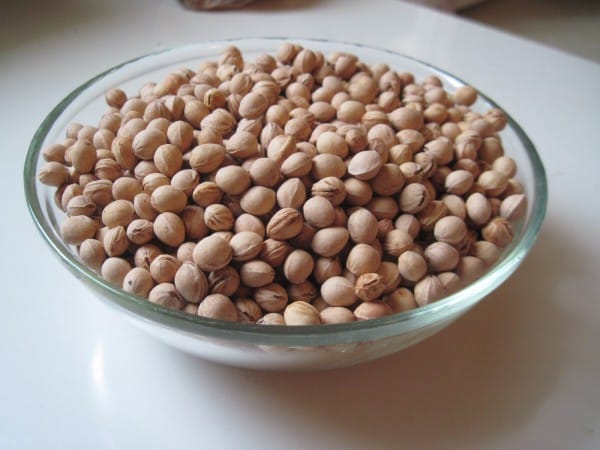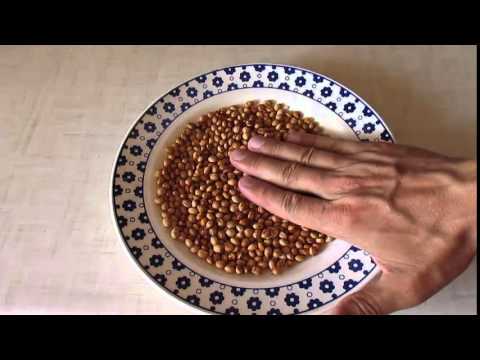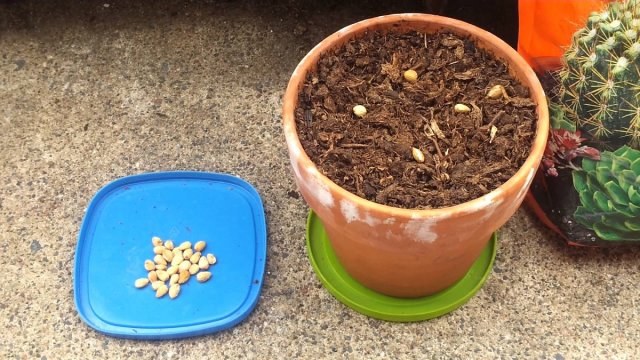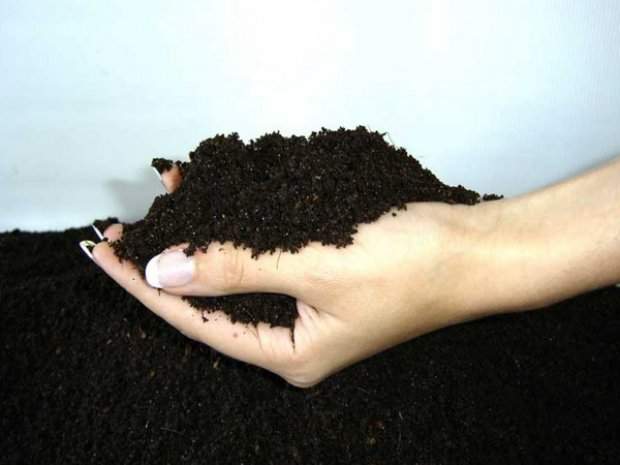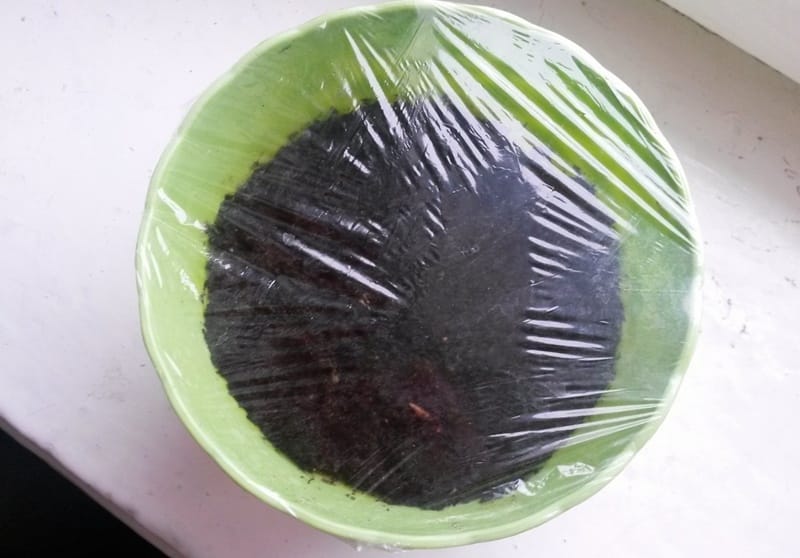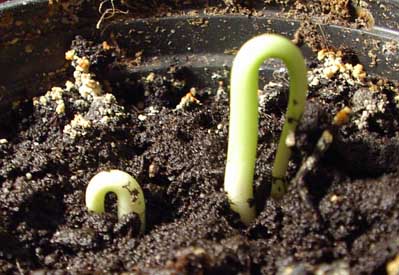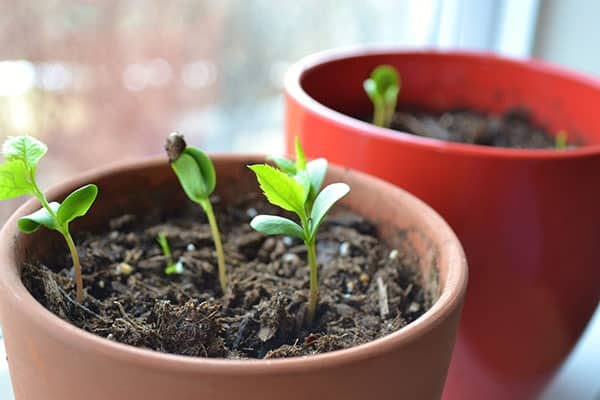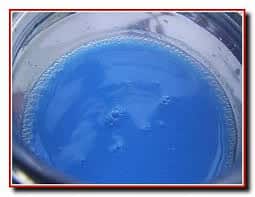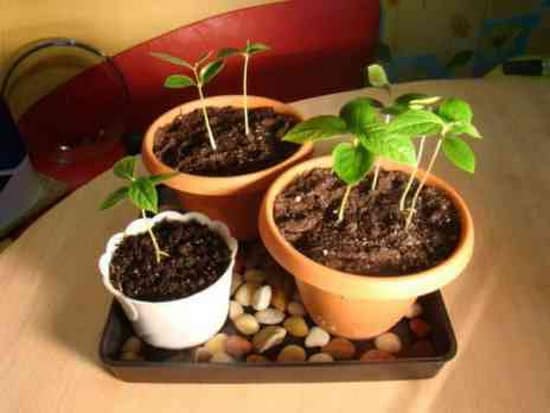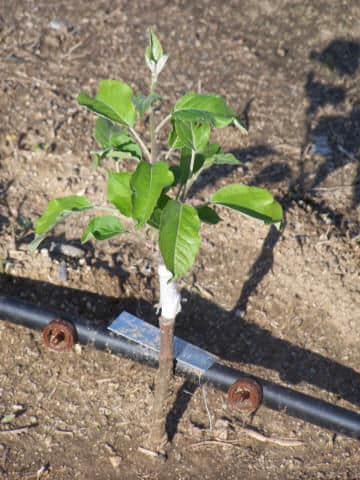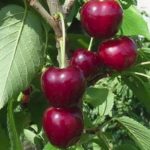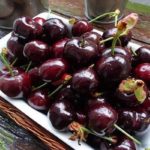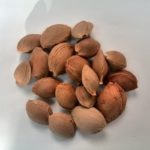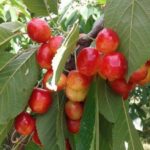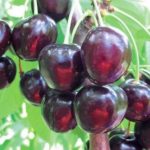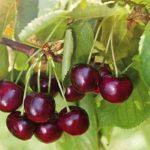Cherry is a crop that is one of the first to give its sweet, juicy fruits, rich in vitamins. The easiest way to grow a lush tree in the garden is to purchase a ready-made seedling or graft it. Many gardeners, especially beginners, are interested in how to grow cherries from pits at home, how such an experiment will end, and whether they can expect a good harvest.
- Advantages and disadvantages of cherries grown from pits
- Seed selection
- Pit stratification
- Landing dates
- Substrate preparation
- Planting a seed
- How to properly care for seedlings
- Regularity of watering
- Feeding young animals
- Protection from pests and diseases
- Pruning and crown formation
- Grafting a tree
- The tree begins to bear fruit
Advantages and disadvantages of cherries grown from pits
When growing a tree at home using a seed, there is no need to create illusions and expect that you will be able to get a varietal cherry - in 99% of cases the maternal characteristics are not preserved. The grown plant will produce small, tasteless fruits.
There is no need to refuse a fascinating experiment after learning this significant drawback - the tree has many advantages:
- tolerates even harsh climatic conditions;
- It does not require special care;
- practically not affected by diseases and pests;
- not afraid of severe frosts;
- has increased immunity.
Another undeniable advantage of cherries grown from seed is that the tree serves as an excellent rootstock.
Seed selection
Usually the germination rate of the seeds is quite high, even small seeds produce sprouts. Despite this, it is recommended for cultivation to use planting material of large fruits, slightly overripe, with excellent taste.
It is not recommended to use planting material from purchased fruits - most likely, the berries were brought from warm regions, so in harsh conditions the seedling will certainly die.
You should also not take seeds from carrion - the tree will be susceptible to rot and fungal diseases.
When planting, use fresh seeds that have good germination. Storage will certainly affect the appearance of sprouts - after just a year, the chances of getting full-fledged sprouts are significantly reduced.
Pit stratification
After extracting the seeds, it is recommended to rinse them thoroughly and dry them a little in room conditions. You can plant them in pots right away, but it is better to start planting in the spring, having first subjected the seeds to stratification.
Hardening of seeds is easy:
- Place in a small container, sprinkle the seeds with sawdust and peat.
- Moisten a little.
- Place it on the balcony, in the refrigerator.
Regularly check the quality of planting material - remove spoiled, moldy seeds in a timely manner.
Landing dates
Planting seeds largely depends on the region. In the southern regions, it is better to give preference to autumn planting - in the spring the first shoots will appear, and the planting material will receive full hardening in artificial conditions, which will affect endurance.
In harsh conditions, it is better to plant seeds in the spring - autumn planting will result in sprouts appearing too early, so a lack of light will cause the plants to stretch out. For storage, use containers with sand and sawdust. The duration of storage should not exceed six months, otherwise the seeds will not germinate.
Substrate preparation
It is recommended to use a ready-made substrate for seed germination. Buy soil mixture for seedlings in the store. If it is not possible to use purchased soil, prepare it yourself. Mix:
- 5 handfuls of mother soil;
- a handful of coarse clean sand;
- a handful of ash;
- 2 handfuls of peat.
Be sure to make holes in the pot to allow excess water to drain out. Place a drainage layer that will prevent moisture from stagnating. Be sure to heat the mother soil in the oven or pour plenty of boiling water on it. This precaution will allow you to destroy harmful microorganisms and pest larvae.
Planting a seed
After keeping the seeds in damp sand or sawdust, sprouts appear - this is a signal for planting. As when growing plants in open ground, deepen the cherry planting material by only 1-2 cm.Be sure to carefully water the soil mixture, being careful not to wash out the seeds. If a common container is used for growing plants, leave a distance of about 10-12 cm between the drupes. If the planting material is of poor quality, a smaller gap is allowed - it is better to thin out later.
How to properly care for seedlings
Cherries grown from drupes are no different from ordinary house plants, so there will not be any particular difficulties - the plants are unpretentious in caring for and will not require special attention. The main thing is to avoid mistakes in germination, timely watering, careful loosening, and timely application of nutrients. In order for the plant to actively grow and develop, it is recommended to send containers or pots outside during the warm season.
Be sure to monitor the weather - when it gets cold, it is better to bring containers with young trees indoors.
It is recommended to keep trees grown for planting in open ground at home for up to three years. Be sure to provide comfortable wintering - about 12 degrees. Send to a cool place immediately after dropping the leaves, first inspect the condition of the bark and branches - if overwintering areas of pests are found (under the bark, in the ground), remove insects, carry out treatment for prevention.
Regularity of watering
Special rules for watering cherries no - irrigate the substrate as needed. To do this, regularly check the soil surface with your finger - if it is dry to a depth of 1 cm, carefully water the soil mixture. Introduce the liquid carefully, best under the wall of the pot. Sweet cherries, regardless of where they are grown, are afraid of waterlogging. An abundance of water will certainly provoke rotting of the root system; even drainage here may be powerless.Before watering, carefully loosen the surface of the soil mixture.
Do this carefully - most of the cherry roots are on top, they are easily damaged, which will cause weakening or even death of the tree.
Once every few days, it is recommended to irrigate the plant with warm water over the leaves. Pre-protect the surface of the soil in the pot by wrapping it in polyethylene. If possible, fertilize the leaves several times.
Feeding young animals
Start adding nutrients after the first full leaf appears. It is recommended to use organic compounds (mullein solution, humus), mineral fertilizers. The frequency of fertilizing is once every two weeks. Preliminarily carry out abundant watering and light loosening of the soil surface.
It is forbidden to introduce fresh organic matter - there is a risk of triggering the development of diseases. Another danger lurking in manure that has not had time to rot is that the abundance of useful substances will burn the tender roots; even generous pre-watering will not protect them.
Protection from pests and diseases
Cherries grown on a windowsill are rarely affected by pests or diseases. If plants are grown in open ground, there is a risk of disease development and insect infestation. Young trees will be protected by regular preventive treatments - the use of Bordeaux mixture, copper sulfate solution.
Often, cherries that are taken outside in a pot are attacked by aphids. Traditional proven methods are recommended for use against insects that suck the juice from young shoots. The easiest option is to generously sprinkle the aphids with wood ash every day or treat them with an infusion of this valuable product.If there are too many insects, use more aggressive means - a mixture of soap solution, wood ash, red pepper. Chemicals should be used in extreme cases when simple formulations cannot cope.
Regardless of what means are used - folk or purchased ones, the treatment should be carried out outdoors. It is forbidden to spray the tree indoors - it can easily damage the plants that grow near the cherry tree, or even cause harm to people and pets.
Pruning and crown formation
It is recommended that cherries grown from seed be pruned in the second year of life. Usually only part of the main trunk is removed; the distance from the soil surface to the line along which the cut is made is about 60 cm. This measure will stimulate the growth of side shoots.
During the growth of the tree, it is recommended to remove dry, damaged branches. It is not necessary to shorten them, but if the cherry tree has grown too much, the crown has become thick, cut out the extra shoots.
Grafting a tree
It is recommended to carry out grafting 3-4 years after planting the seed. Usually, varieties grown in a given region are used for grafting; they will withstand the operation well, will not cause trouble in care, will withstand harsh climatic conditions, and will delight you during the fruiting period.
It is better to graft with two varieties at once - mutual pollination will not require planting other trees for pollination. Graft cherries recommended in spring. It is better to prepare cuttings in the fall; a refrigerator or cellar is suitable for storage (if there is too much scion). Throughout the winter, carefully inspect the cuttings and remove any that are damaged or dried out.
The trunk of a cherry tree in the third year of life is usually not too thick, so it is better to graft using the splitting technique:
- Inspect the scion, remove part of the healthy tissue - the cut should be clean, leaving a few healthy, beautiful buds.
- Trim the rootstock, leaving a part of the trunk about 15 cm.
- The operation should be carried out with clean, pre-sterilized instruments; dirt or even dust particles should not fall on the cut.
- Make a small split in the rootstock (no more than 5 cm).
- Insert the prepared cuttings, secure tightly with a special tape, coat with garden varnish.
The grafting is considered successful if young leaves appear soon. Care for cherries as usual, but make sure that the tape securing the cuts does not pinch the trunk. Transplant into open ground in late summer (for cold regions) or autumn (in warm regions). In order for the tree to take root well, it is recommended to take the container with the plant outside during the summer. If the weather is warm, leave it even overnight - pre-hardening will allow you not to worry about the endurance of the cherries.
The first fruits may appear as early as next year, but you should not expect too much from young cherries - there will be few ovaries. It is better to remove it and wait until the tree gets stronger. Only after 2-4 years will full fruiting occur.
The tree begins to bear fruit
Usually the first cherry blossoms bloom the next year after grafting and replanting. There are few buds, but even they can harm the tree, so experienced gardeners remove the first flowering completely. It is recommended to wait for the harvest in a few years, when the plant gets stronger, gains strength, and quickly begins to grow.
If the cherry tree is not grafted, flowering occurs after 4-6 years. The fruits will not please you with their size and taste; such plants are usually used for landscaping. It happens that cherries, even after a comfortable winter, refuse to bear fruit. Autumn is to blame for this - too warm days do not allow the tree to fully rest. Don't be too upset - after a bad harvest, a fertile year usually comes.
Growing cherries from pits is a fun, simple process. The efforts spent will certainly be rewarded, the tree will delight you with fruits, a thick lush crown, and endurance. The plant does not require special attention; simple care, watering, and regular fertilizing are sufficient. Don’t forget about grafting - this is the only way to get delicious, sweet fruits that will delight adults and children.

